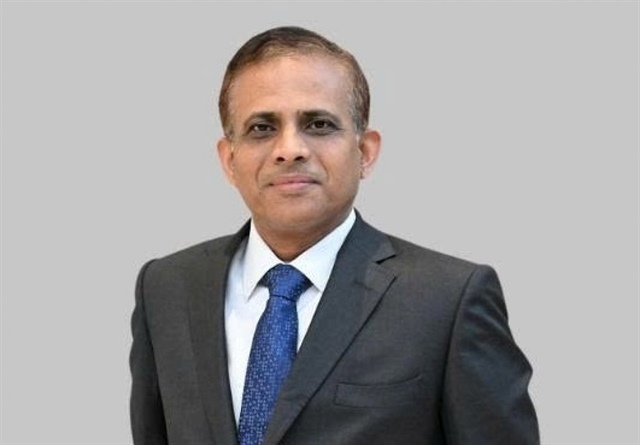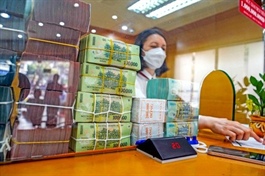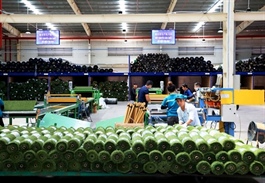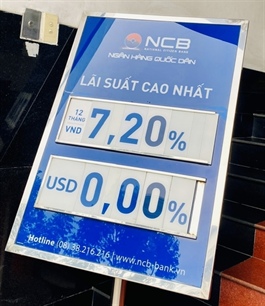Banking organisations seek VAT reduction addition
Banking organisations seek VAT reduction addition
The Vietnam Banks Association has proposed a 2 per cent VAT reduction for the entire banking sector, which is currently excluded from the list of sectors entitled to the tax cut.
Nguyen Quoc Hung, vice president and secretary general of the association (VNBA), emphasised the prevailing challenges encountered by enterprises, especially with resource depletion.
“Despite the government implementing numerous impactful measures to alleviate hardships faced by businesses and citizens, the economy’s capital absorption capacity remains subdued,” Hung said.
In light of this scenario, the VNBA proposed the reduction of VAT for commercial banks on par with other businesses. This move aims to provide commercial banks with the necessary leeway to significantly lower lending interest rates, thereby extending much-needed support to struggling businesses.
Hung pointed out several significant challenges banks are currently facing, including issues around credit growth rates and bad debts.
“The economy’s capital absorption is relatively low, despite credit institutions implementing substantial reductions in lending interest rates. As a result, the credit growth rate remains modest, hovering just above 4 per cent. Compounded by difficulties in the capital market and real estate sector, the quality of bank assets has deteriorated, leading to an increase in bad debts,” he noted.
Some experts, however, have pointed out that banks continue to report significant profits, and thus a proposal to reduce VAT for them may be viewed as inappropriate.
Dr. Dinh Trong Thinh of the Academy of Finance asserted that policymakers have thoroughly examined the impact of VAT reduction in the banking and financial sector.
“Their assessments revealed that such a reduction fails to stimulate consumption activities effectively, or foster growth in the banking industry. Consequently, the National Assembly does not support including the banking sector to be eligible for VAT reduction,” Thinh said.
According to him, businesses and associations have the right to propose tax reductions tailored to their respective industries and fields of activity. However, policymakers must carefully balance the overall economy and consider numerous factors across all sectors.
“The primary objective of VAT reduction is to stimulate demand and encourage consumption while ensuring budgetary equilibrium for optimal economic functioning and minimal adverse impact,” he said. “The VAT reduction policy should be harmonised across industries in the economy, tailored to the prevailing economic conditions during each specific period.”
A deputy general director of one state-owned bank acknowledged that the VAT reduction policy benefits consumers as an indirect tax. However, in the banking industry, VAT is only applicable to certain services such as inter-bank and overseas transfers, SMS banking fees, and ATM withdrawal fees, among others. Consequently, if the banking industry receives a VAT reduction, those utilising banking services will also experience positive effects.
“Nevertheless, the impact of the VAT reduction on banking services may not be particularly significant for consumers. This is due to the fact that many digital banking applications offer free money transfers between banks, rendering the related fees negligible,” he said.
“For instance, the current SMS fee is generally about 46 US cents, inclusive of 10 per cent VAT. A reduction of 2 per cent for the banking industry is quite minimal and will not be perceptible to most consumers.”




























